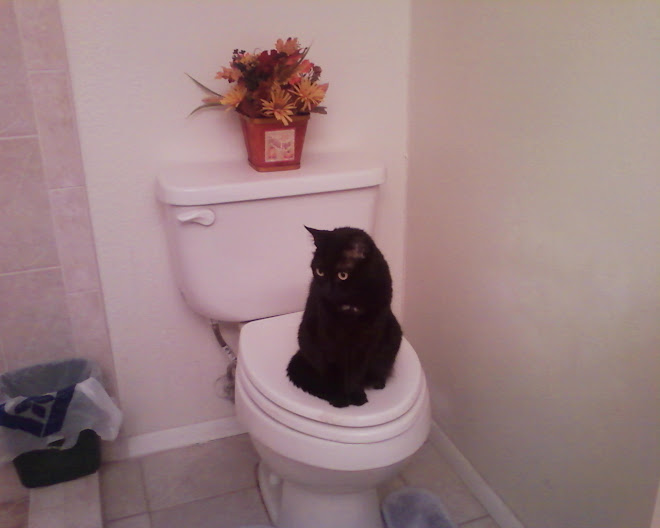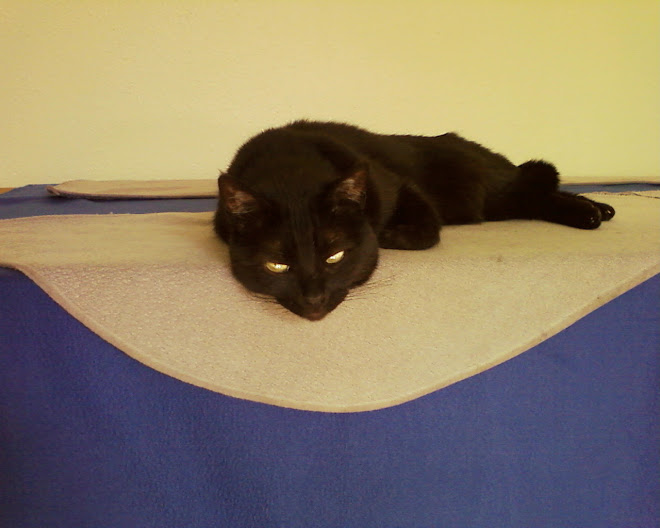So continuing on with more than you ever wanted to know about the history of boiling eggs we’re going back to 1894 this time. While this may seem useless information to some...well, who cares? It’s my blog!
Mrs. Grace Townsend put out a book titled “Imperial Cook Book, a Monitor for the American Housewife in the Dining Room and Kitchen”. This was considered to also be one of the Standard cookbooks of that era. Mrs. Townsend gave three ways in her book: one for invalids and considered more healthful: “Place boiling water in a granite kettle, set on back of the range where it will keep hot but not boil; put into it carefully as many eggs as need, and let it stand 10 minutes; all becomes cooked but not hard.” “The other method is to place the eggs into boiling water. For those who like eggs lightly boiled, 3 minutes will be found sufficient; 3 to 4 minutes will be ample time to set the white nicely; and if liked hard, 6 or 7 minutes will not be found too long.” Last but not least a recipe for Soft Boiled Eggs: “Put them in boiling water; if you only wish the white set, about 2 minutes’ boiling is enough. A new laid egg will take 3 minutes, if you wish the yolk set.”
As our BFF says it seems the debate about whether to boil or let sit in boiling-hot water has been around awhile. Also note similar wording of instructions between Mrs. Townsend’s book and Mrs. Beeton’s book from last post. Notice they talk funny back then or is it just me?
Now let’s jump ahead to 1898 and read our BFF’s copy of “The Ladies’ Home Journal Mrs. Rohrer’s New Cook Book” 1st Edition. Here we find a recipe for steamed eggs as boiled eggs can be tough: “...Eggs boiled for two minutes” produced eggs with tough whites near the shell. “Steamed Eggs are preferred”. For “Steamed” eggs: “Eggs put into hot water, the water kept away from the fire, are much better than when they are boiled carefully even two minutes.”…”To cook four eggs, put them into a kettle and pour over two quarts of boiling water. Cover the kettle, allow them to stand for ten minutes. Drain off this water, put the eggs into a large bowl or dish and cover again with boiling water and send to the table. The white will be coagulated, but soft and the yolk perfectly cooked. If you should add six eggs to this volume of water, allow them to stand 15 minutes. A single egg may be dropped into a quart of boiling water, the kettle covered and in eight minutes it will be ready to serve.” “To hard boil...eggs into warm water; bring the water to about 200 degrees Fahr. And keep it there for thirty minutes.” …”Throw them at once into cold water and remove the shells. Eggs cooled in the water in which they are boiled are dark and yellow.”
Mrs. Chef’s BFF offered this information as a sort of baseline by which all subsequent cookbooks are based. As refrigeration became widespread and ranges (electric as well as gas) showed up in even the commonplace kitchen there were changes to the various recipes. Also, interestingly enough, spices, flavorings, fats and tastes changed and each manufacturer put out a cookbook for it’s product, some using the icons of their day like Ida Bailey Allen 20’s through the 40’s so now BFF is taking us ahead to times that people cooking today, be they young or old, will be able to relate to.
So moving on to 1941 and our BFF claims to be tossing in a pre-WWII pretentious French dude into our mix. “The Escoffier Cookbook” by A. Escoffier. His recipe goes like this: “Boiling eggs hard may seem an insignificant matter, but, like the other methods of procedure, it is, in reality, of some importance, and should be effected in a given period of time.” (this was one comma-happy dude-I’m typing as written-trust me) “If, for a special purpose, they have to be just done, it is pointless and even harmful to cook them beyond a certain time-limit, seeing that any excess in the cooking only makes them tough, and the white particularly so, owing to their aluminous nature. In order to boil many eggs uniformly, they should be put into a colander with large holes whereby they may be plunged at the same moment of time into the boiling water. From the time the water begins to boil, eight minutes should be allowed in the case of medium-sized eggs, and 10 minutes in the case of larger ones; but these times should never be exceeded. As soon as they are done drain the eggs and dip them in cold water and shell them carefully.”
Still talking funny!
Still talking funny!
BFF tells us that during WWII there were wonderful cookbooks that showed how to save the rationed goods. So she included an early one here as it was a standard of it’s time. Irma Rombauer was the Julia Child of her day. She dabbled in the French forms of cooking but also the traditional American. BFF really admired her and says the revised and updated editions of her cookbook are still being published and still considered a must have. She also published with the times. Her first edition was in 1931 and sustained many Depression era and pre-war era cooks with basic good cooking techniques over the first several revisions. Oh, and by the way…does anybody out there know where our BFF can get a 1st Edition? Seriously, let me know! Evidentially the style of recipes in this cookbook are unique and are written in paragraph form but each ingredient is boldface and listed by itself rather than in the paragraph. Even better!
Does Irma S. Rombauer’s “The Joy of Cooking” from 1943 ring a bell with anyone? Her recipe was titled: “Soft and Hard Cooked Eggs (Boiled Eggs)”: “Place eggs in boiling water, reduce the heat and keep the water under the boiling point. Allow 6 minutes for delicately coddled eggs; 8 minutes for firmly coddled eggs and 30-35 minutes for hard-cooked eggs.” Double boilers were a wonderful, relatively new invention so she also gives instructions for that: “...put eggs in the top of a double boiler, pour boiling water over them and place the pan over boiling water. Keep the eggs hot but do not permit the water in the lower container to boil. The eggs will be hard cooked in 35 minutes.” As for the boil she goes on to say, “Plunge hard-cooked eggs, when done, into cold water to prevent discoloration of the yolks.”
Now stay tuned, I have lots more but honestly...that’s enough typing for one day.



No comments:
Post a Comment